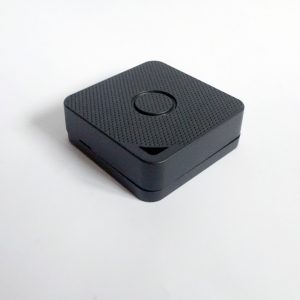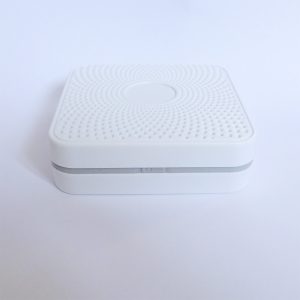Google announced yesterday that they are discontinuing support for Android Nearby Notifications. This is due to:
“a significant increase in locally irrelevant and spammy notifications that were leading to a poor user experience”
This means that anything mentioning the Physical Web, Eddystone-URL or Nearby notifications will no longer work. While beacons can still send out URLs, you will need an app to see the URL and you might as well use Eddystone-UID or iBeacon instead.
It’s disappointing that this mechanism will be turned off on December 6th, 2018. Unfortunately, it attracted use for more nefarious purposes and also resulted in some subscription schemes of dubious value. It’s especially bad news for those people using Nearby notifications legitimately and those companies that have built up platforms and businesses around Nearby notifications.
The Nearby API still works for apps and Google still supports the Proximity beacon API. With or without this API, it’s still possible to create beacon triggered notifications in iOS and Android apps using the Bluetooth APIs. What’s no longer possible is unsolicited, app-less notifications.
We will be updating BeaconZone documents, blog posts and articles over the next few days. EddystoneCMS will be retired.

